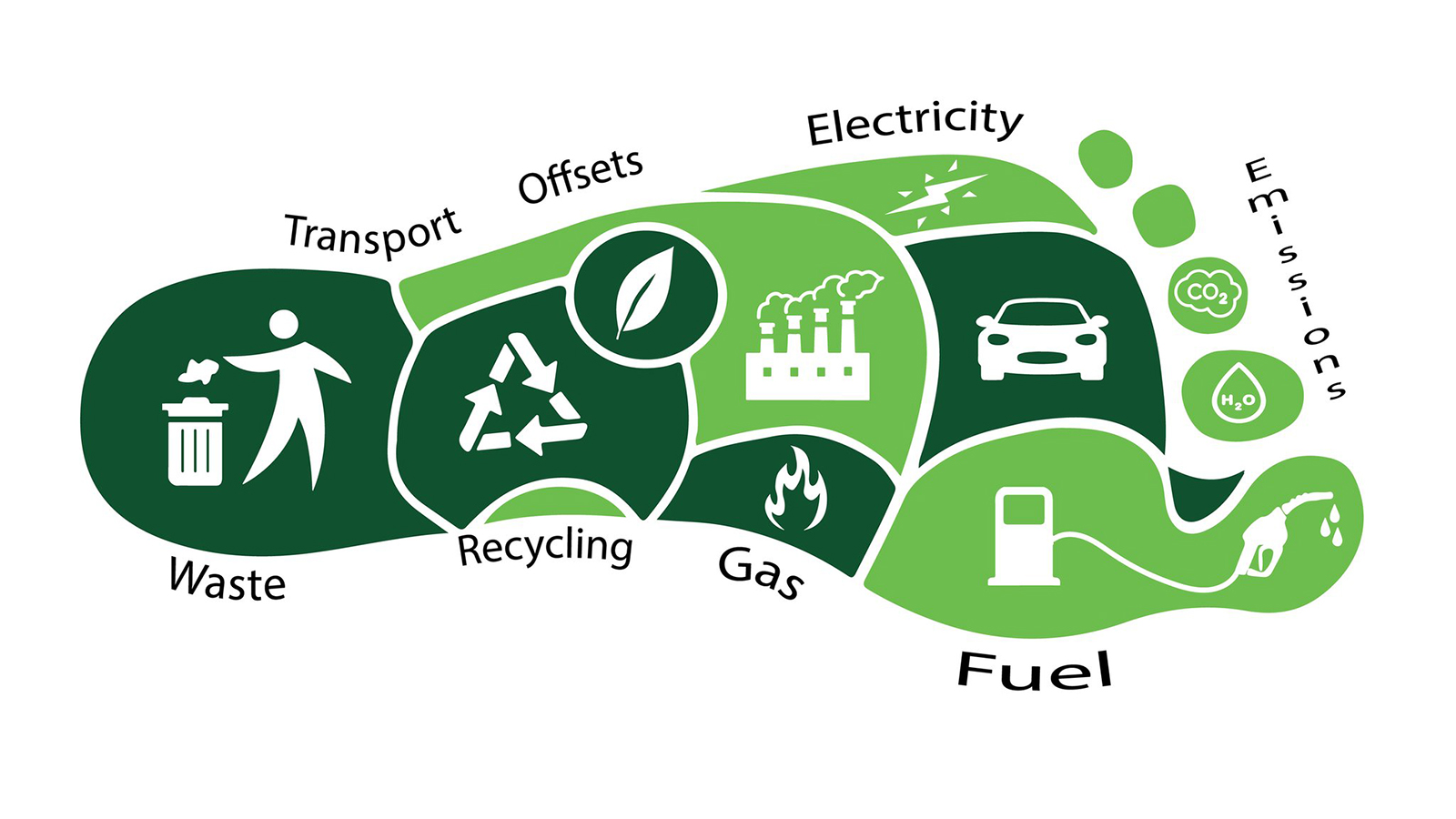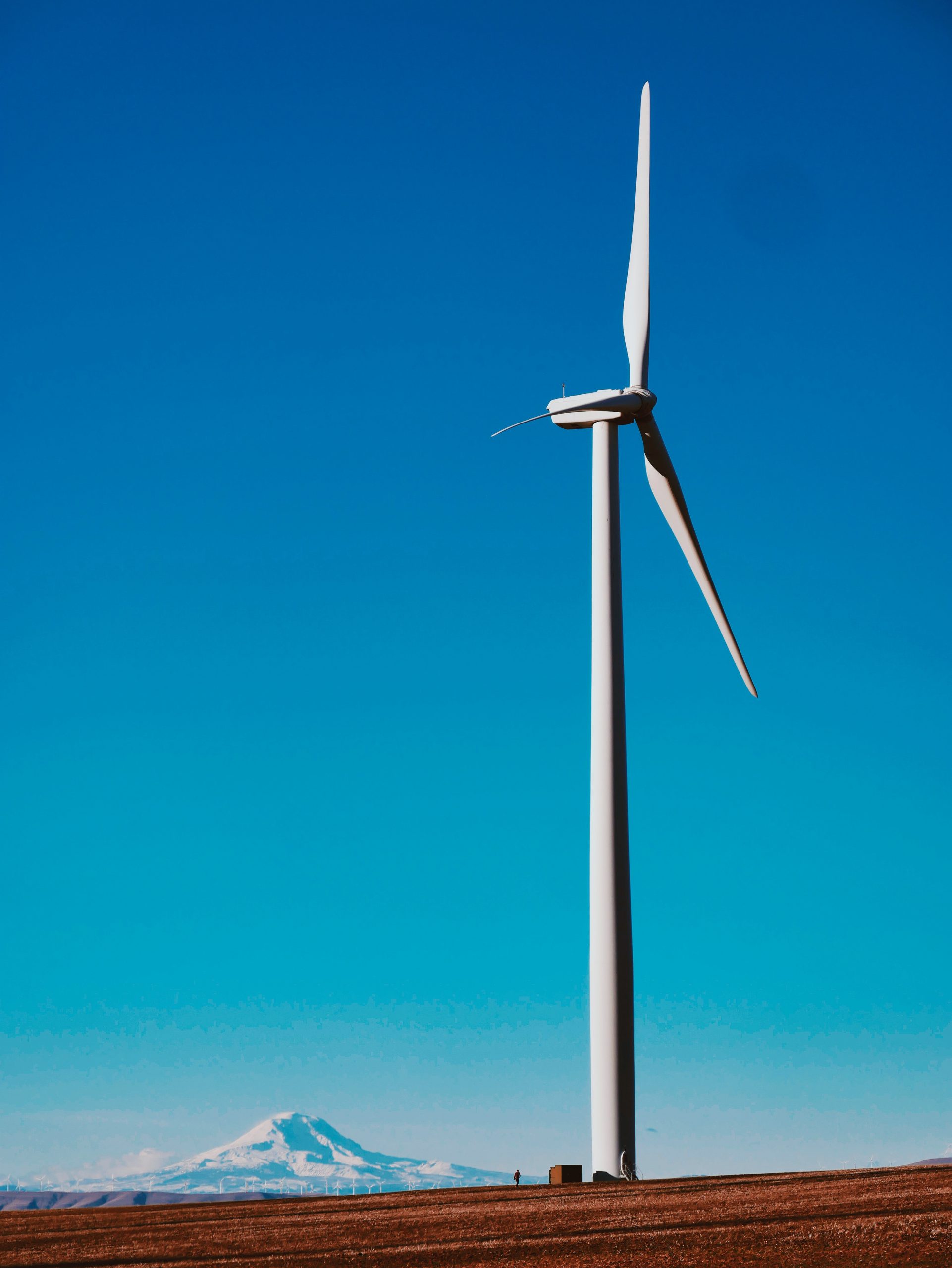YOKOHAMA—Japan
In 1859 at the beginning of modern japan, Yokohama opened its port as a gateway to the world. Yokohama by then was just a small village with 100 houses. However, since the opening of the port, the area has been rapidly developed as a modern city with various incoming information and technologies, which mixed into create new culture.
In its recent history of 150 years, the city has encountered many difficulties such as natural disaster, war, exploding population, rapid economic development, and subsequent environmental pollutions. However, every time, the city has overcome such difficulties by accumulating the efforts of citizens, businesses, and municipality with a progressive spirit of open port.
Today, Yokohama becomes the largest single municipality in Japan with a population of 3.7 million citizens, facing even bigger challenges, such as accelerated aging population and energy problems associated with the Great East Japan Earthquake. These circumstance, being selected as “FutureCity” by the government, Yokohama City is committed to address urban problems such as hyper aging society and reduction of CO2 emissions, along with the revitalization of the economy.
Yokohama Blue Carbon Project:The Yokohama Blue Carbon project aims to conduct a pioneering study on “urban blue carbon” and propose an internationally applicable method to accurately estimate the CO2 reduction effect in the urban coastal line.


